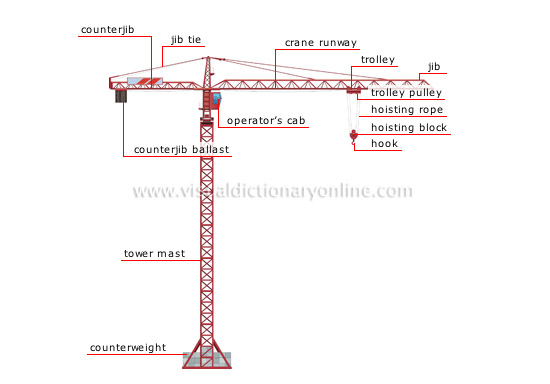Also, I know for a fact that this is a question that has been on a lot of your minds. Some people lose sleep over it, although, I'm not sure who those people are. The question is: how are tower cranes built? Well, in order to answer this, we first need to review what a tower crane is, then we need to identify its important features, and then we NEED to watch an informational animation with a sweet/spicy techno soundtrack that I first discovered on my favorite crane blog, and arguably the best blog about cranes on the internet: http://www.craneblogger.com/
So what is a tower crane? What do they look like? You might be asking yourself, "have I ever seen a tower crane?" Well, if you live in Seattle, you have never NOT seen one...except while you are sleeping. Here are some stylish pictures of tower cranes:


 The last picture is not a crane. That is the space needle. It is similar to a crane in that it is tall and also rotates, however, unlike cranes, it is not useful in the construction of skyscrapers.
The last picture is not a crane. That is the space needle. It is similar to a crane in that it is tall and also rotates, however, unlike cranes, it is not useful in the construction of skyscrapers.So, what are the important features of a tower crane? For this I turn to the Visual Merriam-Webster online dictionary:

These are incredible machines because they seem as though they are impossible. They seem as though they should tip over...but they don't because they are heavily anchored into the ground, and because of the counterjib ballast. Great. So, now for the most important part: how do these things get built?
Well there are apparently two answers to this: initially, they are built by other, smaller, mobile cranes with telescoping arms. Eventually, however, the tower cranes become too tall, and at that point, what do they do? Well, clearly, they build themselves, using something called a "top climber!" According to the HowStuffWorks.com article on tower cranes, the top climber is installed between the last piece of the mast and the "slewing unit" which is the piece that allows the crane jib to pivot. When a new piece of the mast is ready to be installed, as you will see in the video, the jib and counterjib are balanced by picking up a weight on the hook. After this, the top climber pushes the jib, the operator's cab, and the slewing unit upward with hydraulic rams, which opens up a space above the old mast segment for the insertion of the newest piece of mast. Well, I feel as though I am not doing this justice, so I will let you see for yourselves: